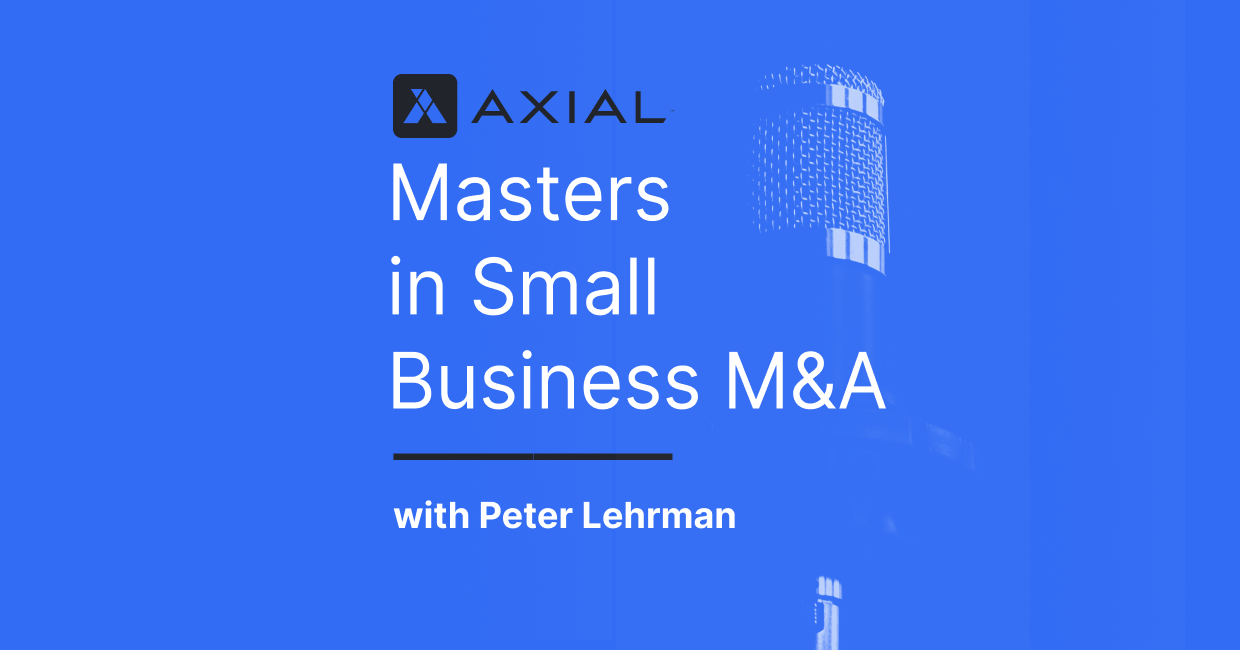
Building a Consequential Investment Bank with Adam Breslawsky
In this episode, Peter Lehrman sits down with Adam Breslawsky, founding partner and managing director of lower middle market investment…
Strategic Finance is a Denver-based investment bank specializing in manufacturing, business services, and technology. The firm earned the #2 spot on Axial’s Q3 Lower Middle Market League Tables, which rank top banks in the lower middle market based on client quality, buy-side targeting, and process effectiveness. We talked to Rob Gettinger, President at Strategic Finance, about the firm’s focus, how they work with CEOs, and more.
We generally represent companies with around $20 to $200 million in revenue, though for tech companies we’ll consider companies starting at $8 or $10 million, since the multiples are so much higher in that space. Our typical transaction size is $5 to $100 million, though I recently sold a $200 million business and have another current listing at the same price. Sixty percent of our work is M&A and the other 40 percent is non-control transactions. The recession got us into the debt business and we’ve been doing it ever since. I would say that more than half of my debt deals end up with subsequent financings or a sale thereafter, so it’s turned out to be a good strategy, but I backed into it. We also do a lot of buy-side work.
I’m always looking for resources to help with deal sourcing, beyond hiring someone to do it full-time. I’ve used a couple of other deal sourcing platforms but they weren’t anywhere near as competitive as Axial. It’s very important for me to be able to control who my deals go out to.
CEOs in most lower middle market companies need help, but a lot of them don’t know or don’t think they do. It can be hard to convince them. When it comes to M&A, the three areas that are most significant are preparing information to go to market, preparing the company for sale, and getting ready for due diligence.
Managing expectations about the process is important, for both the buyer and the seller. That’s where data can come in handy — sending comparable transaction multiples. Sometimes they like them, sometimes they don’t, but at least they have the information. Usually if they’re really motivated to sell, they are not going to stop the process. It’s also true that until you have three or four offers, you don’t really know what the market will say.
About a third of my revenue, if not 40 percent, is buy-side. One way I determine my strategy in terms of what industries to go after is by looking at what vertical markets my PE clients are looking into. There’s usually a reason they’re looking at them and often there are real growth opportunities there. This is one reason that my working on both the buy-side and sell-side ends up being mutually beneficial.
Every company is different and every company has a story. That’s why I’m still in the business. I find it interesting. I love to learn how entrepreneurs have built what they’ve built and help them represent their company. It’s a little like being a photographer — you get to capture them in a good light.
